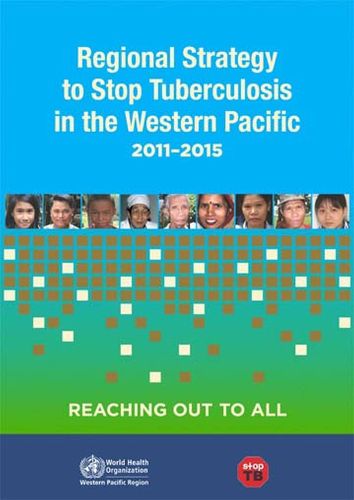Readings Newsletter
Become a Readings Member to make your shopping experience even easier.
Sign in or sign up for free!
You’re not far away from qualifying for FREE standard shipping within Australia
You’ve qualified for FREE standard shipping within Australia
The cart is loading…






Significant progress has been made in TB control in the Western Pacific Region in the past decade with a decline in the number of prevalent TB patients and the diagnosis treatment of over 10 million patients. Despite these successes, TB control programmes in the Region face significant challenges, such as hard-to-reach vulnerable and marginalized groups, in which the TB epidemic tends to concentrate, TB-HIV co-infection and the emergence and spread of drug-resistant TB, especially multi-drug resistant TB (MDR-TB). To mitigate these threats, the Regional Strategy to Stop Tuberculosis in the Western Pacific (2011-2015) was developed in consultation with and endorsed by Member States. The new Strategy builds upon the previous two regional strategic plans and introduces new, evidence-based interventions and technologies in response to the new and emerging challenges. The Strategy provides a reference for action to be taken, focusing on five core objectives: (1) Promoting universal and equitable access to quality TB diagnosis and treatment for all people; (2) Strengthening TB laboratory capacity; (3) Scaling up the programmatic management of drug-resistant TB; (4) Expanding TB/HIV collaborative activities; and (5) Strengthening TB programme management capacity.
$9.00 standard shipping within Australia
FREE standard shipping within Australia for orders over $100.00
Express & International shipping calculated at checkout
Significant progress has been made in TB control in the Western Pacific Region in the past decade with a decline in the number of prevalent TB patients and the diagnosis treatment of over 10 million patients. Despite these successes, TB control programmes in the Region face significant challenges, such as hard-to-reach vulnerable and marginalized groups, in which the TB epidemic tends to concentrate, TB-HIV co-infection and the emergence and spread of drug-resistant TB, especially multi-drug resistant TB (MDR-TB). To mitigate these threats, the Regional Strategy to Stop Tuberculosis in the Western Pacific (2011-2015) was developed in consultation with and endorsed by Member States. The new Strategy builds upon the previous two regional strategic plans and introduces new, evidence-based interventions and technologies in response to the new and emerging challenges. The Strategy provides a reference for action to be taken, focusing on five core objectives: (1) Promoting universal and equitable access to quality TB diagnosis and treatment for all people; (2) Strengthening TB laboratory capacity; (3) Scaling up the programmatic management of drug-resistant TB; (4) Expanding TB/HIV collaborative activities; and (5) Strengthening TB programme management capacity.